RAP Project Lead at EclipseSource
Ivan Furnadjiev
RAP 3.21 is here with improved security and a new source code home
As part of Eclipse 2022-06 last week we released RAP 3.21. The highlights of this release are:
What's new in the Eclipse RAP 3.19
Another year is about to end, and just in time, the Eclipse Simultaneous Release 2021.12 is available. As usual, the Eclipse RAP project participates in this release with its version 3.19.0. Even though this is a minor framework upgrade with just a couple of bug fixes, there are also some “new and noteworthy”.
Tabris for Eclipse RAP 3.17 released!
Tabris for Eclipse RAP 3.17 is a minor update that includes some additions and improvements.
Remote Application Platform (RAP) 3.10 is available for download
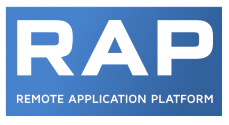 Together with the Eclipse Simultaneous Release 2019-09 we released RAP 3.10. It’s available from our download page and from the update sites.
Together with the Eclipse Simultaneous Release 2019-09 we released RAP 3.10. It’s available from our download page and from the update sites.
Tabris for Eclipse RAP 3.6 released!
We are proud to announce the release of Tabris for Eclipse RAP 3.6. From now on, the Tabris for Eclipse RAP version number will be bound to the version of Eclipse RAP it corresponds to. This is a major release, which includes a significant advance in the framework architecture. On the client side it now uses Tabris.js, which has the following benefits over the previous architecture:
RAP 3.7 Released!
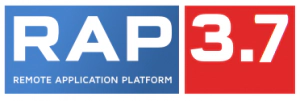 Together with the Eclipse Simultaneous Release 2018-12 we are releasing RAP 3.7 today. It’s available from our download page and from the update sites.
Together with the Eclipse Simultaneous Release 2018-12 we are releasing RAP 3.7 today. It’s available from our download page and from the update sites.
Firefox change breaks key navigation in web frameworks including Eclipse RAP
Update 1: As of October 31, 2018 Firefox will postpone the change probably to its Firefox 65 release planned for January 29, 2019.
Develop modern web UIs with the newest Eclipse RAP 3.6
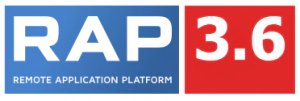 The Eclipse Remote Application Platform (RAP) is a stable, feature complete framework, that allows you to develop modern web UIs for all relevant web browsers. The project has been around for more than 12 years, and with this blog post, we want to present the new features from RAP versions 3.3 to 3.6.
The Eclipse Remote Application Platform (RAP) is a stable, feature complete framework, that allows you to develop modern web UIs for all relevant web browsers. The project has been around for more than 12 years, and with this blog post, we want to present the new features from RAP versions 3.3 to 3.6.
RAP 3.1 is here
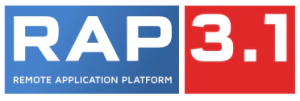 With the release of Eclipse Neon, we are proud to announce that RAP 3.1 is released and available for download. Incidentally, just yesterday RAP celebrated its 10th birthday since creation review! We’d like to take this opportunity to thank our users, committers and contributors, without whom this technology would not be what it is.
With the release of Eclipse Neon, we are proud to announce that RAP 3.1 is released and available for download. Incidentally, just yesterday RAP celebrated its 10th birthday since creation review! We’d like to take this opportunity to thank our users, committers and contributors, without whom this technology would not be what it is.
RAP 3.1 M4 is here
This is a quick look at the new features in RAP 3.1 M4, which has been available for download since last week.
How to use Container Dependency Injection in a RAP application
Container Dependency Injection (CDI) allows us to inject one or more components (or services) into a dependent object. Usually it makes the code cleaner, as it separates the creation of the injected objects from the component’s own behavior. Recently I’ve made a simple RAP standalone application to play together with CDI without problems. First, let’s create our RAP entry point class:
RAP 3.0 M5: Clipping Support, KTable Port in RAP
The new RAP 3.0 milestone M5 is out and has been available for download since February 6, 2015. Together with several bug fixes, M5 introduces clipping support.
The evolution of RAP's FileDialog
The ability to upload files is key functionality for every Web application and, naturally RAP can upload files too. In the beginning ( RAP 1.2 ), this functionality was provided by a custom widget called Upload. This widget was based on an early version of the Qooxdoo UploadWidget contribution project.
Drawing Complex Shapes in RAP
In RAP 1.3, we added support for GC (Graphics Context) to the canvas widget. It allows you to draw simple shapes such as lines, squares, ovals or arcs, and fill them with solid colors or gradients.
Getting started with RAP
For beginner developers is very important to have a fast start in a new technology. RAP Tools provide three PDE templates from its version 1.0, but all of them are based on the Eclipse workbench model and its extension points. Starting from RAP version 1.5, it’s possible to create a lightweight OSGi applications using RAP’s widget toolkit. That’s why we decided to replace two of the old Eclipse Workbench-based templates with one lightweight, very basic Hello World template. 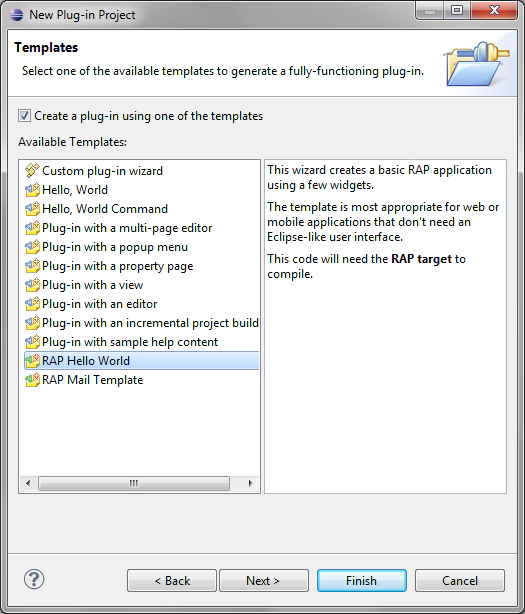 This template uses declarative services to register an ApplicationConfiguration.
This template uses declarative services to register an ApplicationConfiguration.
JavaScriptExecutor is now API
In the second milestone of RAP v2.0 we introduced a new Client API. It allows as to distinguish between different clients (web client, native android client…) and handle their specific capabilities. We added a service provider interface Client that can be acquired using the new method RWT.getClient(). Client implementations can provide different services. One of the most requested enhancements in RAP was to provide a public JavaScript execution API. With the new Client API in place we decided to expose the JavaScriptExecutor as a service of the WebClient. For those of you, that are using the old internal JSExecutor class, you have to replace the old static call:
Making your images available using markup
In RAP v1.5 we introduced markup support for several widgets. One of the most frequently asked questions about markup support is: “Why are my images not displaying?”. In this blog post I will give you a step-by-step guide on how to make your images available using markup.
To catch or not to catch... Throwable
Many developers still catch Throwable in their try/catch statements. Is this a good idea? I don’t think so. As all of you know, Throwable is a generic superclass for all exception and errors in Java. As exceptions are meant to be caught, errors in most cases are not. If we take a look at the Error class JavaDoc we will read the following:
Nebula Grid widget on RAP
All of you who are using SWT/RWT Tree or Table widget, know their limitations pretty well. Sooner or later you’ll look for a way to add check boxes in multiple columns, group columns and show/hide them dynamically or put some information in a Table footer. Nebula Grid widget fulfills all these requirements. That’s why we decided to port RAP to it.
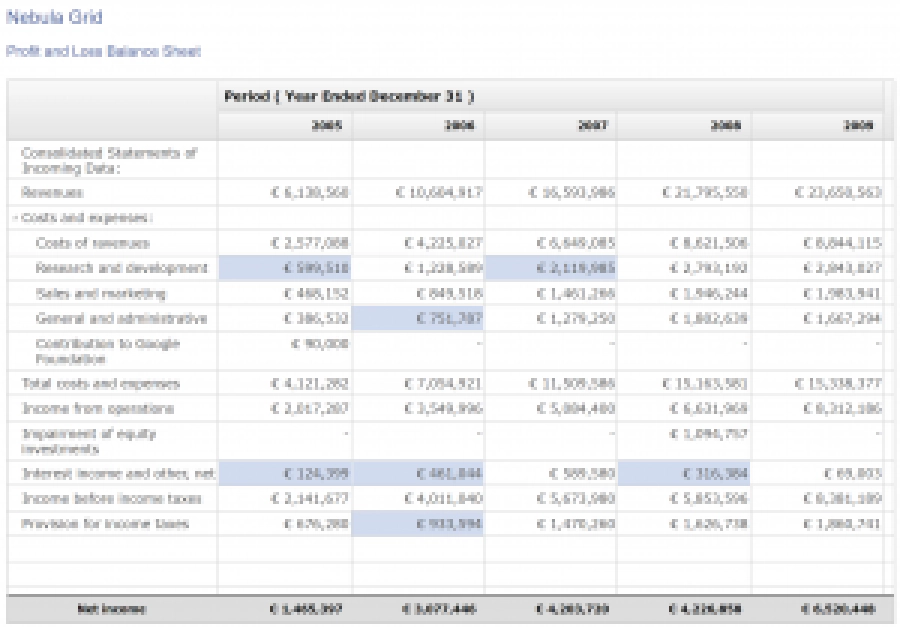 ](
](